Bonnie and Clyde is a 1967 American biographical crime movie directed by Arthur Penn and starring Warren Beatty and Faye Dunaway as the title characters Clyde Barrow and Bonnie Parker. The film features Michael J. Pollar, Gene Hackman, and Estelle Parsons, with Denver Pyle, Dub Taylor, Gene Wilder, Evans Evans, and Mabel Cavitt in supporting roles. Take a look below for 30 more interesting and fascinating facts about Bonnie and Clyde.
1. The screenplay was written by David Newman and Robert Benton. Robert Towne and Warren Beatty provided uncredited contributions to the script.
2. The soundtrack for Bonnie and Clyde was composed by Charles Strouse.
3. Bonnie and Clyde is considered a landmark movie, and is regarded as one of the first movies of the New Hollywood era, since it broke many cinematic taboos and was popular with the younger generation.
4. The success of Bonnie and Clyde prompted other filmmakers to be more open in presenting sex and violence in their movies.
5. The ending of Bonnie and Clyde became iconic as one of the bloodiest death scenes in cinematic history.
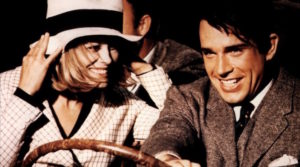
6. The movie received Academy Awards for Best Supporting Actress and Best Cinematography.
7. Bonnie and Clyde was among the first 100 movies selected for preservation in the United States National Film Registry.
8. Bonnie and Clyde was the film debut of Gene Wilder.
9. Warner Brothers had so little faith in the movie that, in an unprecedented move, they offered first-time producer Warren Beatty 40% of the gross, instead of a minimal fee. The movie went on to gross over $40 million.
10. Gene Hackman was on the set one day, when he noticed a man standing behind him and staring. The man said, “Hell, Buck would’ve never wore a hat like that.” Hackman turned around and looked at him and said, “Maybe not.” He looked like an old Texas farmer. The man introduced himself and said, “Nice to meet you, I’m one of the Barrows.”
11. In a 1968 interview, Warren Beatty mentioned that his last conversation with ex-girlfriend Natalie Wood took place in the summer of 1966 when he tried unsuccessfully to get her to play Bonnie Parker in the movie. Later that evening, she attempted suicide, and was discovered by her line-in housekeeper.
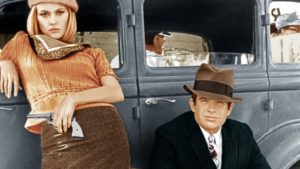
12. Michael J. Pollar didn’t realize in eating scenes that you don’t actually eat all the food because of the possibility of repeated takes. Sure enough, he soon regretted it in the scene in which the outlaws kidnap a couple and eat their lunch in the car. By the 12th take, Pollar was feeling sick, having had to eat 12 whole hamburgers.
13. One of Director Arthur Penn’s intentions was to make the character f Blanche as hysterical as possible, so that it would make Bonnie look even cooler.
14. The poem that Bonnie reads aloud in the rented apartment is “The Story of Suicide Sal,” written by Bonnie Parker in 1932.
15. When Warren Beatty was on-board as a producer only, his sister Shirley MacLaine was a strong possibility to play Bonnie. However, when Beatty decided to play Clyde himself, he decided not to use MacLaine.
16. In real life, Clyde Barrow was a highly dangerous marksman who had mastered most firearms including the Browning automatic rifle and the Thompson submachine gun. The policemen chasing him were well aware of his ability with a gun, which explains the ruthlessness behind the way he was gunned down.
17. Bonnie’s family reunion scene was shot through a window screen to give it a hazy, nostalgic effect.

18. A screening for Jack L. Warner went very badly for Warren Beatty and Arthur Penn, as Warner got up 3 times to urinate. Warner initially dumped the movie into drive-in and second run theaters, and apparently went to his grave still hating the movie.
19. The real Blanche Barrow sued Warner Brothers over the way she was depicted in the movie. In reality, Barrow was the same age as Bonnie Parker, arguably better looking than her, she was not a preacher’s daughter, and had married Buck knowing fully well that he was an escaped prisoner and twice divorced.
20. For the climactic massacre, Faye Dunaway’s leg had to be tied to the gear shift to prevent her from falling completely out of the rocking car.
21. During one of the bank robberies, Buck Barrow does a leap over the tellers’ cage. This was a stunt routinely pulled by John Dillinger, who in turn learned it from watching Douglas Fairbanks in the Zorro movies.
22. Thousands of berets were sold worldwide after Faye Dunaway wore them in the movie.
23. Roger Ebert had only been a film critic for six months when he saw Bonnie and Clyde, and hailed it as the first masterpiece he had seen on the job.
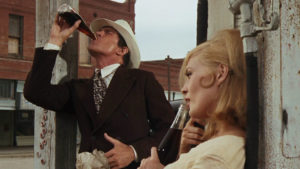
24. The family gathering scene was filmed in Red Oak, Texas. Several local residents were watching the movie being shot, when the filmmakers noticed Mabel Cavitt, a local school teacher, among the peopled gathered. She was chosen then and there to play Bonnie Parker’s mother.
25. In reality, Buck Barrow’s death was much more brutal. After being shot repeatedly, a police officer stepped on his face and was about to deliver the killer shot before Blanche’s screaming alerted him to what he was actually doing.
26. The infamous climactic shoot-out was filmed with four different cameras, all running at different speeds. The scene itself lasts 54 seconds.
27. Arthur Penn was particularly fascinated with the way Akira Kurosawa handled violent action and death in his movies. In particular, he drew on Kurosawa’s balancing of slow motion and real time that he employed in Seven Samurai.
28. Many consider one of the reasons why Bonnie and Clyde was so successful was because of its anti-establishment stance. At the time, disillusionment with American’s involvement in Vietnam was gaining ground.
29. Warren Beatty wanted to produce Bonnie and Clyde in black and white but the proposal was rejected by Warner Brothers.
30. In contrast to his infamous womanizing, Warren Beatty didn’t have an affair with Faye Dunaway. They agreed to remain platonic for the sake of the movie.

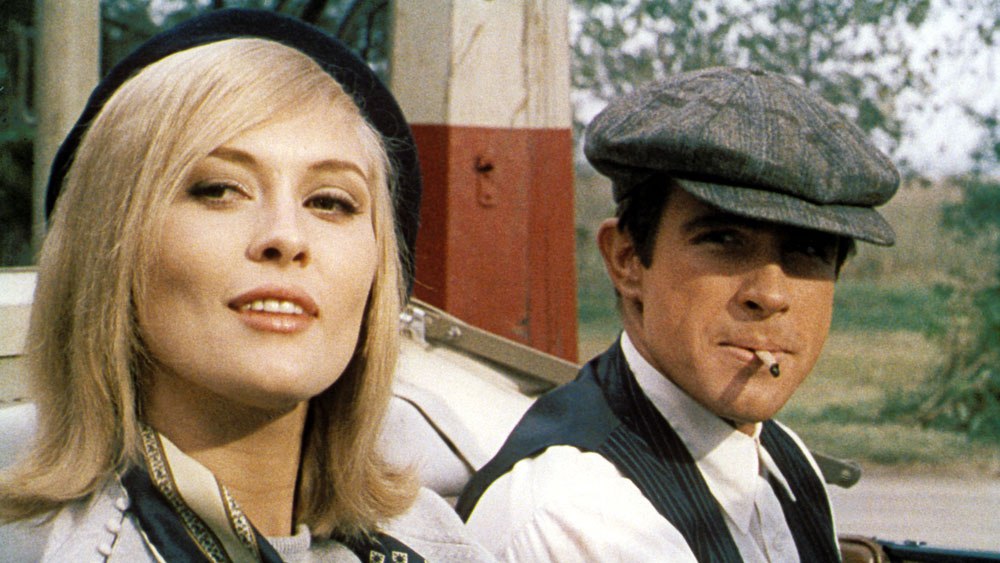
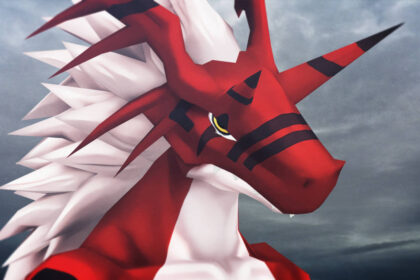
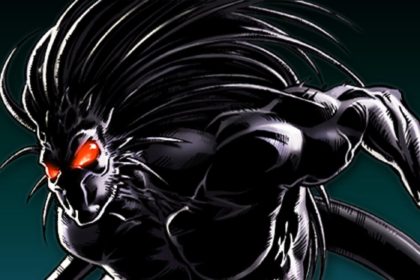
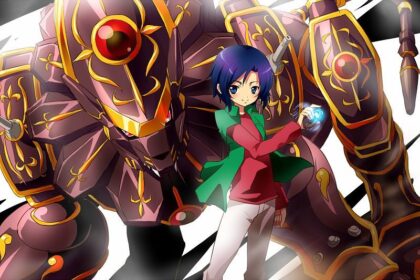
One Comment
Pingback:
March 31, 2018 at 4:18 pm